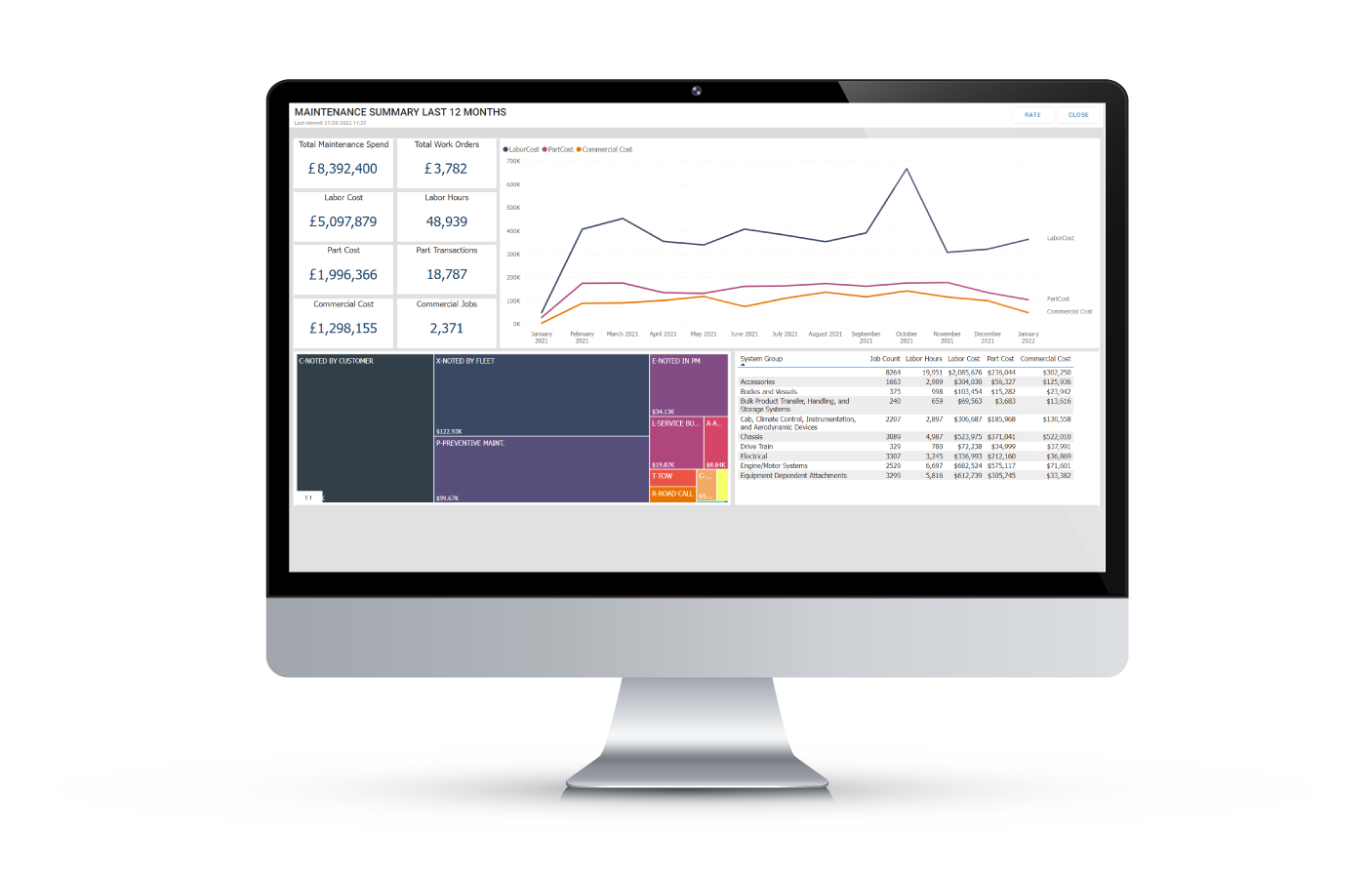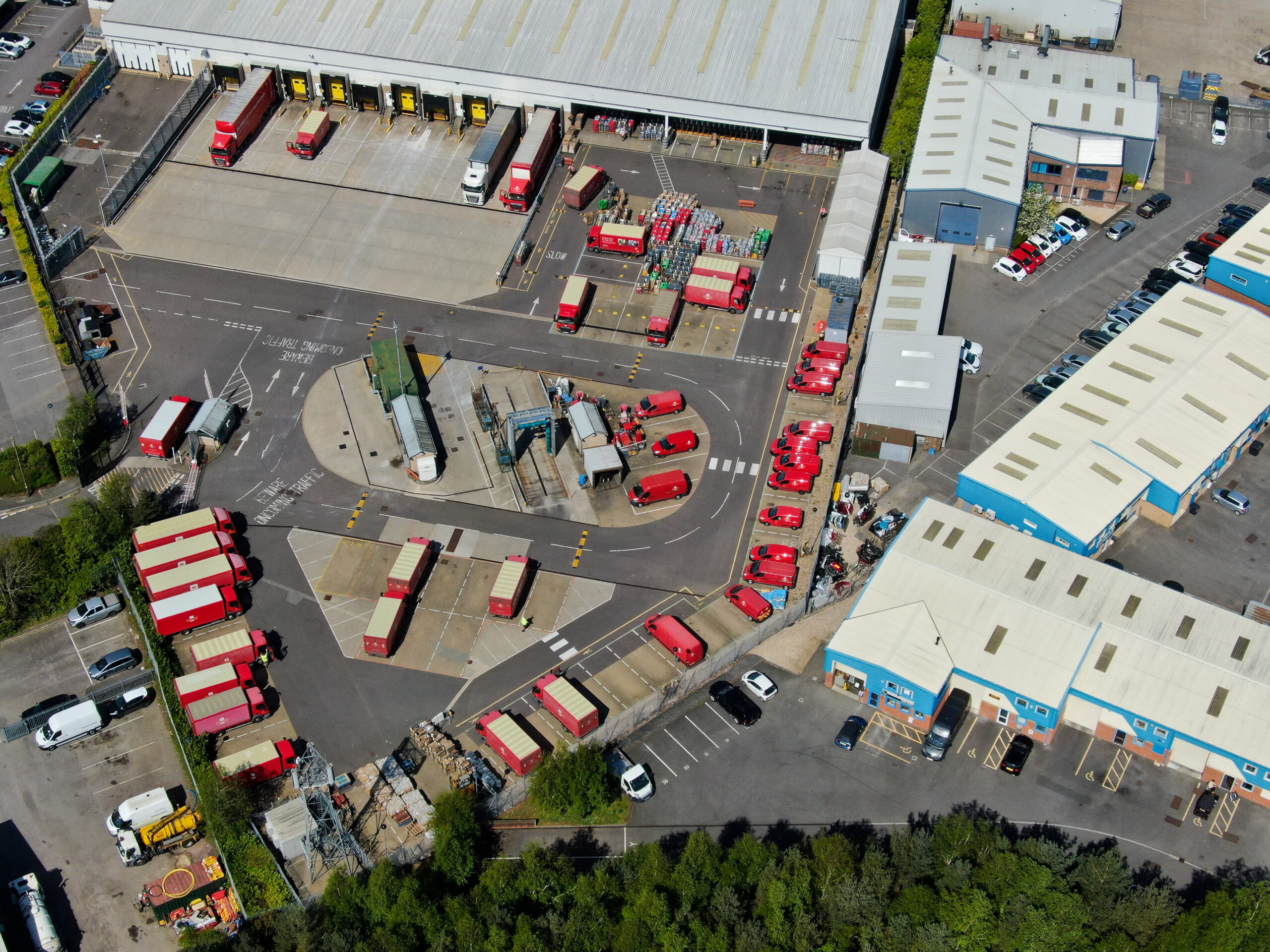Setting clear and achievable goals is essential for success in every industry and fleet is no exception. Fleet managers play a pivotal role in ensuring the efficiency, safety, and cost-effectiveness of their fleet operations. By setting strategic goals, they can steer their teams towards optimal performance while aligning with broader organisational objectives.
Why Set Fleet Goals?
Setting goals for your fleet provides direction and purpose for you and your team. It helps prioritise tasks, allocate resources efficiently, and measure progress towards desired outcomes. Without clear goals, fleet management can become reactive rather than proactive, leading to inefficiencies and missed opportunities for improvement.
Key Considerations for Goal Setting
Align with Organisational Objectives: Fleet management goals should align with the overarching goals and objectives of the organisation. Whether it’s reducing operating costs, improving safety, or enhancing sustainability, fleet goals should contribute to the overall success of the business.
Be Specific and Measurable: Goals should be specific, measurable, achievable, relevant, and time-bound (SMART). For example, instead of setting a vague goal like “improve fuel efficiency,” a SMART goal would be “reduce fuel consumption by 10% within the next six months.”
Consider Key Performance Indicators (KPIs): Identify relevant KPIs that will help track progress towards each goal. Common KPIs in fleet management include fuel efficiency, vehicle downtime, maintenance costs, driver safety scores, and customer satisfaction ratings.
Involve Stakeholders: Engage key stakeholders, including drivers, maintenance teams, finance departments, and senior management, in the goal-setting process. Their input and feedback can provide valuable insights and buy-in, increasing the likelihood of success.
Break Down Goals into Actionable Steps: Once goals are established, break them down into smaller, actionable steps or milestones. This makes the goals more manageable and allows for progress to be tracked more frequently.

Examples of SMART Fleet Management Goals
Improve Fuel Efficiency:
- Specific: Reduce fuel consumption by 10% compared to the previous year.
- Measurable: Track fuel usage monthly and compare it to baseline data.
- Achievable: Implement driver training programmes and invest in fuel-efficient vehicles.
- Relevant: Optimise route planning to reduce unnecessary mileage and fuel consumption.
- Time-bound: Achieve the 10% reduction within the next 12 months.
Enhance Vehicle Maintenance:
- Specific: Decrease vehicle downtime by 20% through preventive maintenance.
- Measurable: Track maintenance records and compare downtime to previous periods.
- Achievable: Implement regular preventive maintenance schedules and inspections.
- Relevant: Prolong asset lifespan and ensure vehicles are in optimal condition.
- Time-bound: Reduce downtime by 20% within the next six months.
Increase Driver Safety:
- Specific: Reduce the number of accidents by 15% within the fleet.
- Measurable: Monitor driver behaviour using telematics systems and track accident rates.
- Achievable: Provide ongoing driver training and incentivise safe driving practices.
- Relevant: Improve safety scores and minimise the risk of accidents.
- Time-bound: Achieve a 15% reduction in accidents within the next year.
Optimise Fleet Utilisation:
- Specific: Increase vehicle utilisation rates by 15%.
- Measurable: Analyse vehicle usage data and compare it to capacity.
- Achievable: Right-size the fleet and implement telematics solutions for monitoring.
- Relevant: Maximise asset utilisation and minimise idle time.
- Time-bound: Achieve a 15% increase in utilisation rates within the next nine months.
Enhance Environmental Sustainability:
- Specific: Reduce CO2 emissions by 20% compared to the previous year.
- Measurable: Track emissions data and compare it to baseline measurements.
- Achievable: Transition to alternative fuel vehicles and implement eco-driving initiatives.
- Relevant: Reduce the fleet’s environmental footprint and promote sustainability.
- Time-bound: Achieve a 20% reduction in CO2 emissions within the next 18 months.

How Fleet Management Software Can Help
Fleet management software, such as AssetWorks FleetFocus and its AssetAnalytics Platform, can play a crucial role in tracking and achieving fleet management goals. By leveraging data analytics and business intelligence tools, fleet managers can gain deep insights into their operations and make data-driven decisions. With features like custom reporting, KPI monitoring, and trend analysis, fleet management software empowers managers to identify areas for improvement, track progress towards goals, and optimise fleet performance in real time.
Setting goals is a fundamental aspect of effective fleet management. By aligning goals with organisational objectives, being SMART in goal-setting, involving stakeholders, and leveraging fleet management software for data-driven insights, fleet managers can drive continuous improvement and achieve operational excellence. With clear goals in place and the right tools at their disposal, fleets can navigate challenges, seize opportunities, and stay on course towards success.












